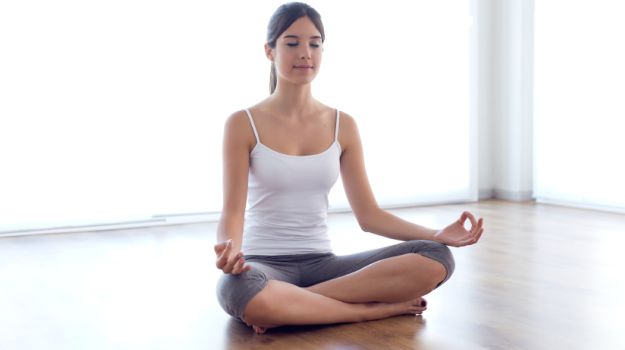Those people who have heard of the practice of pranayama have been taken from the word ‘prana’ which means ‘life force’ and ‘ima’ which means ‘to be long on or to work on it’. In the words of prana, yoga, the meaning of force within the body is important to the life of the body as well as the functioning of the body. In yogic texts, prana is described as a powerful force which runs through various chakras and nadis in the body to keep healthy, active and new-minded in the body. Breathing plays a very important role in the regulation and maintenance of prana.
It is believed that when Prana is not able to go independently in the body – due to obstructions in the cycle or Nadi – a person starts with sickness. The concept of prana and its influence on the well-being of a person have to do more with a person’s mental state, brain and emotional health. The interesting thing is that the way we breathe, it can affect the way we affect things as well as our mental health. Therefore, Pranayam is a simple practice and posture of many breathing techniques which promotes emotional, mental and physical well-being.

Pranayama benefits
The benefits of practicing pranayama can be many, besides giving life to the body, it enhances the quality of life and makes you feel more uplifting, motivated, positive and happy. Yoga is essentially a practice whose purpose is to cleanliness, balance, fixing, strengthening and challenging inside and outside the body as well. When you learn to breathe properly, then you are installing things internally, so that different physical processes are completely cleaned. Pranayama is a practice that helps in bringing the body, mind and soul in sync. The practice of pranayama has great benefits for people suffering from anxiety disorders, depression and other mental health problems.
Yoga breathing techniques
The typical yogic breathing technique is popularly known as Ujjayi breathing, in which you breathe for long, first filling your stomach and then chesting. When you take a breath, the stomach is the first to go in followed by the chest. This gives the body maximum oxygen retention facility. Yoga expert Mithilesh Kumar interviewed Ujjay with a great way of getting rid of respiratory problems, heart diseases, digestive disorders, stress and pulmonary problems.

Types of pranayama
Yogic breathing technique is easy and can be done in the comfort of your home. However, before you try any one of these, contact a Certified Yoga Expert. Some pranayama techniques like sun bro (right to right nostril / heat extinguishing / fire extinguishing technique) or Chandra Bhadi pranayama (from left to left breathing, cold / water-intensive technique) target specific issues and its practice is only recommended Kapalbhati is being one of the most popular types of pranayama in which a person breathes for a long time and then small, intermittent blasts Breathes in. Alternative nostril (anolom velom) breathing is another easy exercise. Breathing is a type of pranayama that helps strengthen the lung capacity. As long as you can do it, take a deep breath and hold it, it ensures better oxygen supply and absorption. However, if you are suffering from high blood pressure of heart problem, leave the practice of breathing retention.

